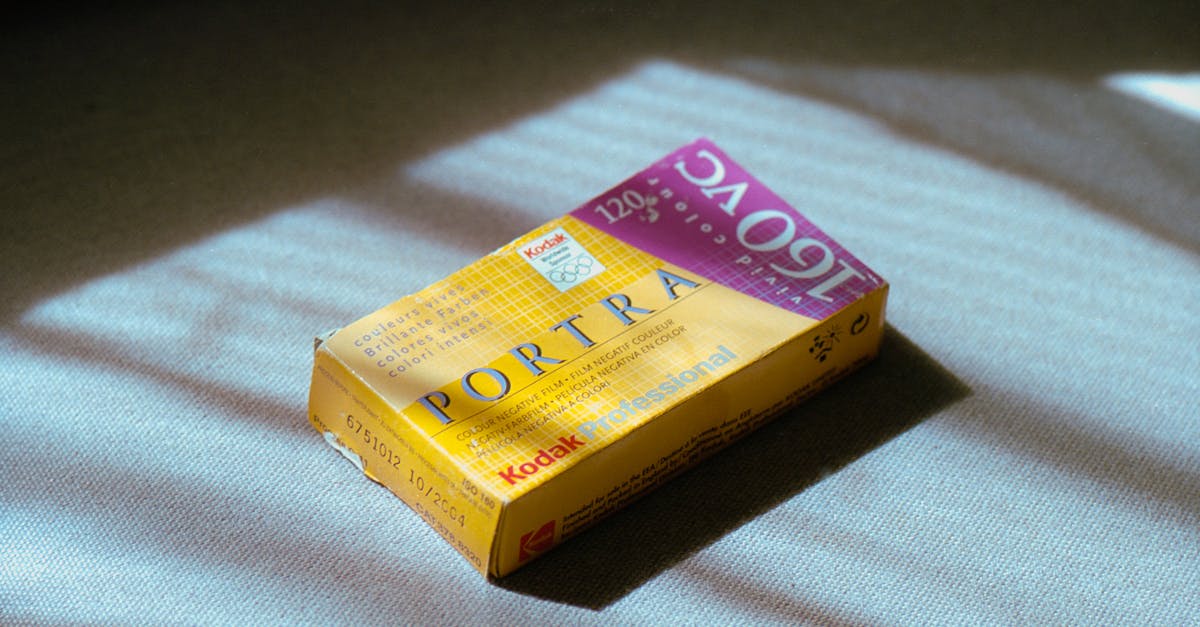
Step-by-Step Guide for Cleaning Drain Cameras
Testing the Camera Functionality
To ensure the proper performance of your drain camera, it is crucial to conduct a thorough test of its functionality before each use. Begin by inspecting the camera lens for any signs of damage or obstructions. Next, power on the device and observe the display screen to check if the image quality is clear and the colours are accurate. Additionally, listen for any distortions or unusual sounds in the audio output to confirm that both the image and sound functionalities are working optimally. Perform a quick pan and tilt movement to verify the camera's flexibility and responsiveness to ensure smooth operation during inspections.
After confirming that the camera's basic functionalities are in order, proceed to test the zoom feature if applicable. Adjust the zoom settings to various levels while observing the image quality to ensure that there are no issues with clarity or distortion during magnification. Additionally, test the camera's focus by recording different objects at varying distances to guarantee that the camera can capture sharp and detailed images throughout its focal range. By systematically testing each aspect of the drain camera's functionality, you can address any issues promptly and conduct efficient and effective drain inspections with confidence.
Ensuring Proper Image and Sound
To ensure proper image and sound quality when using drain cameras, it is important to regularly clean the lens and microphone. Dirty lenses can result in blurry or distorted images, while unclean microphones can affect the clarity of audio recordings. Use a soft, lint-free cloth to gently wipe the lens and microphone before each use, ensuring that there are no smudges or debris that could impact the overall performance of the camera.
Additionally, make sure to check the cable connections and ensure they are securely attached. Loose connections can cause disruptions in both image and sound transmission, leading to poor quality recordings and potential data loss. By routinely inspecting and maintaining the camera equipment, you can ensure that you consistently achieve clear and accurate images, as well as high-quality sound recordings during drain inspections.
Sanitizing the Equipment
To effectively sanitize drain cameras, it is crucial to use suitable cleaning agents that can eliminate dirt, grime, and bacteria. Start by using a mild soap or detergent mixed with warm water to clean the exterior of the camera thoroughly. Ensure all surfaces are wiped down using a soft cloth or sponge to prevent any damage to the equipment. Additionally, pay close attention to the connection ports and buttons to guarantee a comprehensive cleaning process.
Next, focus on the camera probe and cable by gently wiping them with a disinfectant wipe or a cloth dampened with isopropyl alcohol. This step helps to remove any potential contaminants that may have come into contact with the camera during use. Be cautious not to apply excessive pressure to avoid causing any harm to the delicate components. By sanitizing the equipment with care and attention to detail, you can maintain the hygiene standards required for effective drain inspections.
Disinfecting for HygieneDrain Camera Sales
To maintain hygiene standards when using drain cameras, it is crucial to regularly disinfect the equipment. Begin by preparing a solution of disinfectant recommended by the manufacturer, ensuring it is suitable for the type of drain camera you are using. Carefully wipe down all surfaces of the camera, including the handle, cables, and screen, with a clean cloth soaked in the disinfectant solution. Pay special attention to areas that come into contact with drainage waste to prevent the spread of harmful bacteria and germs.
After thoroughly wiping down the drain camera with the disinfectant solution, allow it to air dry completely before storing it away. This step is essential to ensure that no moisture is left on the equipment, which could promote the growth of mold and bacteria. By following proper disinfecting procedures regularly, you can help maintain a clean and hygienic environment when inspecting drains, preventing cross-contamination and keeping yourself and others safe from potential health hazards.
Storing the Drain Camera Properly
Once the drain camera has been thoroughly sanitized and disinfected, it is crucial to store it properly to maintain its functionality and prolong its lifespan. Always ensure that the camera is completely dry before storing it to prevent any moisture-related damage. It is recommended to keep the drain camera in a secure location away from any potential sources of water or moisture.
Storing the equipment in a dry and secure spot will help prevent any rust or corrosion from developing on the camera and its components. Avoid storing the camera in areas with extreme temperatures or direct sunlight, as this can also cause damage to the equipment over time. By taking the necessary precautions and storing the drain camera properly, you can ensure that it remains in optimal working condition for future use.
Keeping in a Dry and Secure Location
After ensuring that the drain camera is thoroughly cleaned and sanitized, the next crucial step is to store it in a dry and secure location. Moisture can lead to the growth of harmful bacteria and mold, compromising the effectiveness of the equipment. It is advisable to store the camera in a cool, dry place away from direct sunlight to prevent any damage to its components.
Additionally, the storage location should be secure to prevent any potential theft or damage to the drain camera. A locked cabinet or storage box can be an ideal option to keep the equipment safe when not in use. By following these simple storage guidelines, you can prolong the lifespan of your drain camera and ensure that it remains in optimal condition for the next inspection or use.
Importance of Regular Cleaning and Inspection for Drain Cameras
Benefits of Regular Inspection in Extending the Lifespan of Drain Cameras
Tips for Efficient and Thorough Cleaning of Drain Cameras
Understanding the Signs of Wear and Tear in Drain Cameras
Recommended Frequency for Inspecting Drain Cameras